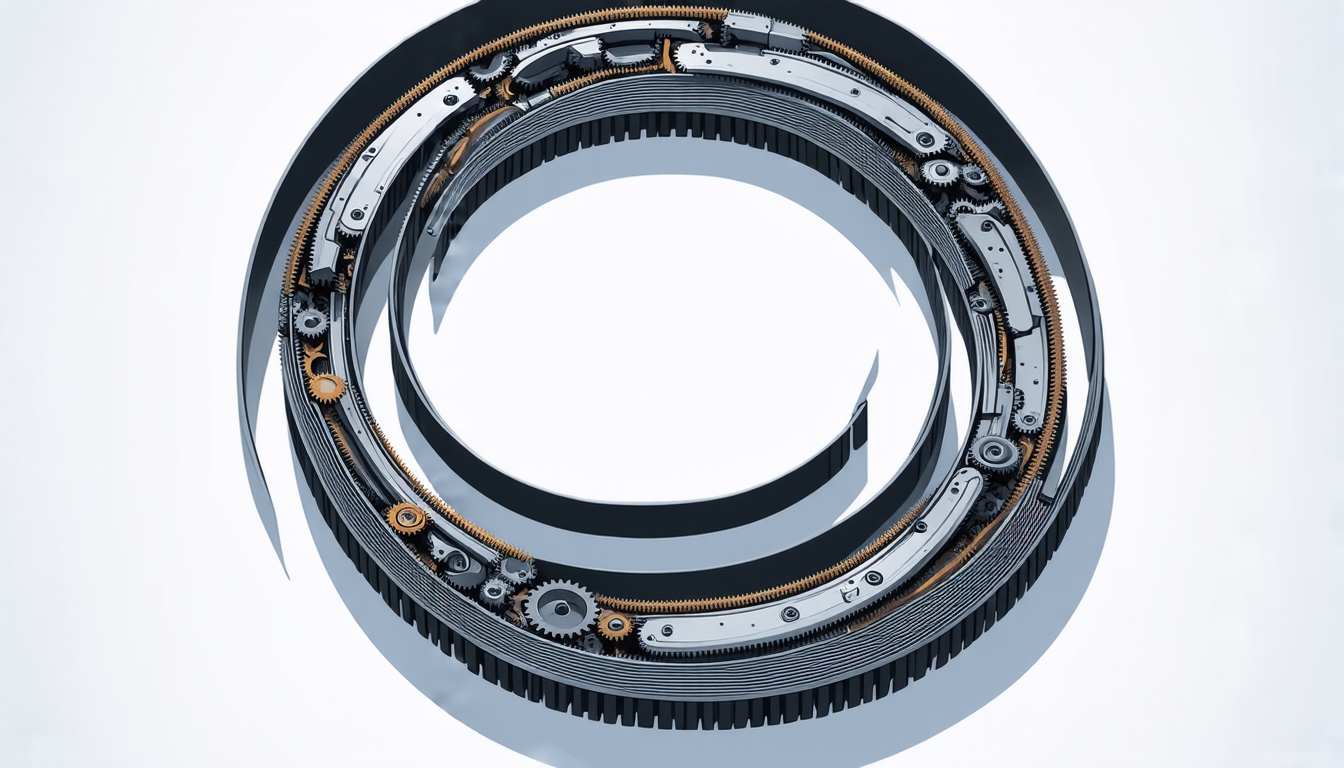Thursday 20 March 2025
The bacterial flagellar motor, a tiny yet mighty machine responsible for propelling bacteria through their surroundings, has long been a subject of fascination and study for scientists. While we’ve made significant progress in understanding its mechanics, a new discovery has shed light on the motor’s remarkable ability to switch direction with incredible sensitivity.
You see, the bacterial flagellar motor is not just a simple spinning top; it’s a highly complex system that responds to subtle changes in its environment. In order to achieve this level of precision, the motor relies on a delicate balance between mechanical forces and chemical signals. But how does it manage to accomplish such a feat?
Researchers have long believed that the motor’s ability to switch direction was due to conformational spread – a process where neighboring subunits of the motor protein FliM adopt a similar conformation in response to chemical signals. However, recent experiments have revealed that this mechanism is not sufficient to explain the motor’s remarkable sensitivity.
Enter global mechanical coupling, a new concept that proposes that local mechanical torques on motor subunits can affect their conformation dynamics, giving rise to a tug-of-war between stator-associated subunits that produces cooperative switching responses. In other words, the motor’s ability to switch direction is not just dependent on chemical signals, but also on the subtle forces acting upon its mechanical components.
This new understanding has significant implications for our comprehension of biological systems. It highlights the importance of considering both mechanical and chemical interactions when studying complex biological processes. Moreover, it opens up new avenues for research into the motor’s remarkable properties, such as its ability to achieve high cooperativity with fast response times.
But what does this mean for us? Well, the bacterial flagellar motor is not just a fascinating curiosity; it has significant implications for fields such as biotechnology and medicine. For instance, understanding how the motor switches direction could provide valuable insights into the development of new therapeutic strategies for infectious diseases.
In addition, the study of the bacterial flagellar motor can also inform our understanding of other biological systems that rely on similar mechanisms to achieve precise control over their movements. This includes the motors responsible for cell division and chromosome segregation in eukaryotic cells, which are crucial processes for maintaining genome stability.
The discovery of global mechanical coupling is a testament to the power of interdisciplinary research, where scientists from different fields come together to shed light on complex biological phenomena.
Cite this article: “Unraveling the Secrets of the Bacterial Flagellar Motors Directional Switching”, The Science Archive, 2025.
Bacterial Flagellar Motor, Mechanical Coupling, Global Mechanics, Conformational Spread, Flim Protein, Chemical Signals, Biological Systems, Biotechnology, Medicine, Infectious Diseases, Cell Division, Chromosome Segregation







